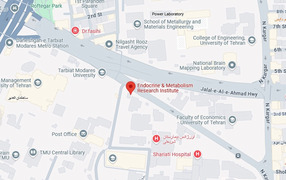Burden of type 2 diabetes mellitus and its risk factors in North Africa and the Middle East 1990 2019 findings from the Global Burden of Disease study 2019
The prevalence of Type 2 Diabetes Mellitus in the North Africa and Middle East region is alarmingly high, prompting us to investigate the burden and factors contributing to it through the GBD study. Additionally there is a lack of knowledge about the epidemiological status of T2DM in this region so our aim is to provide a comprehensive overview of the burden of T2DM and its associated risk factors

Using data from the 2019 Global Burden of Disease Study, we calculated the attributable burden of T2DM for each of the 21 countries in the region for the years 1990 and 2019. This included prevalence, mortality, disability-adjusted life years (DALYs), and risk factors.
Between 1990 and 2019, there was a significant increase in the age-standardized incidence (79.6%; 95% Uncertainty Interval: 75.0 to 84.5) and prevalence (85.5%; [80.8 to 90.3]) rates of T2DM per 100,000 populations. The age-standardized mortality rate (1.7%; [-10.4 to 14.9]), DALYs (31.2%; [18.3 to 42.2]), and years lived with disability (YLDs) (82.6%; [77.2 to 88.1]) also increased during this period. Modifiable risk factors, such as high body mass index (56.4%; [42.8 to 69.8]), low physical activity (15.5%; [9.0 to 22.8]), and ambient particulate matter pollution (20.9%; [15.2 to 26.2]), were the main contributors to the number of deaths.
The burden of T2DM, in terms of mortality, DALYs, and YLDs, continues to rise in the region. The incidence rate of T2DM has increased in many areas. The burden of T2DM attributed to modifiable risk factors continues to grow in most countries. Targeting these modifiable risk factors could effectively reduce the growth and disease burden of T2DM in the region.




comment